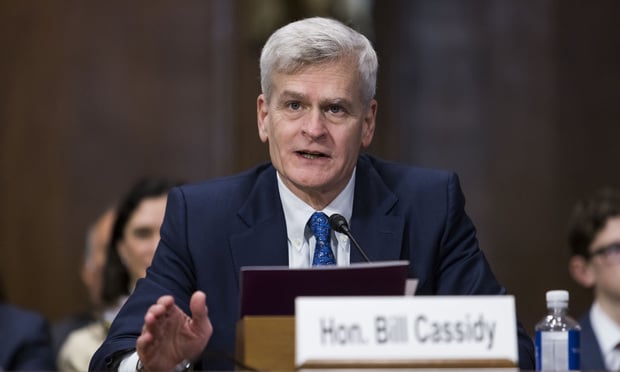Proposals to scale back or eliminate retirement savings incentives in 401(k) plans not only endanger the ability of low- and moderate-income workers to enjoy secure retirements but are based on faulty math, according to new research from the American Society of Pension Professionals & Actuaries (ASPPA).
ASPPA analysis shows the real cost of retirement savings incentives to be 55 percent to 75 percent lower than claimed by budget hawks, meaning that proposed cuts will not save nearly as much as advertised even as they jeopardize the future of 401(k)s and other retirement plans.
When evaluating the cost of the tax deferrals associated with defined-contribution plans such as 401(k) and Keogh plans, the Congressional Joint Committee on Taxation (JCT) and the Treasury Department's Office of Tax Analysis (OTA) both use current cash-flow analysis. Since workers withdraw money from these plans only in retirement, the taxes paid show up outside the 10-year timeframe used in cash-flow analysis, and therefore are "scored" as lost revenue, rather than deferred revenue. These tax deferrals differ from tax credits or deductions, such as those for medical expenses or mortgage interest, since the taxes deferred ultimately are paid.
Recommended For You
The faulty analysis dramatically exaggerates the real cost of the tax incentives for retirement plans. In fact, using present-value analysis – which economists typically use for long-term analysis – economist Judy Xanthopoulos and tax attorney Mary M. Schmitt have calculated that present-value estimates of the five-year cost of retirement savings tax expenditure are 55 percent lower than those of the JCT and 75 percent lower than those of the OTA.
"ASPPA's analysis, which takes the same long-term view that economists employ in evaluating other forms of investment, shows that the short-term window used in Washington budget scoring overstates the cost of retirement savings incentives – and therefore the savings that would result from slashing these incentives," said Brian H. Graff, ASPPA's Executive Director and Chief Executive Officer. "401(k) plans and similar plans are the best way for Americans to save for the future. If we reduce the incentives for workers to save through these plans, we will send millions of low- to moderate-income workers into retirement with little savings."
The JCT and OTA numbers are commonly used in proposals for reducing the federal budget deficit. The National Commission on Fiscal Responsibility and Reform (the Simpson-Bowles commission), for instance, proposed capping the amount of money people could contribute to tax-deferred retirement accounts to $20,000 a year or 20 percent of income, whichever is less. A plan put forth by former U.S. Senator Pete Domenici and former Director of the Office of Management and Budget Alice Rivlin included a similar proposal.
The benefits of these 401(k) plans go disproportionately to working families with less than $100,000 in income, who receive 62 percent of the tax benefits associated with such plans despite paying pay only 26 percent of the total income taxes received by the federal government. "We need to make progress on reducing the federal budget deficit, but making it harder for working and middle-income families to save for retirement is a short-sighted way to save money," said Graff. "Not only will the long-term savings be far less than advertised, but we would be putting these families in a position in which they would have to seek government assistance when their savings ran out."
The discussion of reductions in retirement savings incentives come at a time when other sources of retirement income are expected to decline in relative importance, with concerns about the long-term financial viability of Social Security and when fewer workers are covered by traditional pension plans.
"The federal government needs to put its fiscal house in order, but national solvency should not come at the expense of personal solvency. We should reduce neither the incentive workers have to save for their future nor incentives for companies to offer 401(k) plans to their employees," said Putnam Investments President and Chief Executive Officer Robert L. Reynolds, who has long been an advocate of reforming the nation's public and private retirement systems.
ASPPA's report "Retirement Savings and Tax Expenditure Estimates," may be found on the Web at http://www.asppa.org/Document-Vault/pdfs/GAC/2011/RetirementSavingsAndTaxExpenditures_ASPPAMay2011.pdf.aspx.
© Touchpoint Markets, All Rights Reserved. Request academic re-use from www.copyright.com. All other uses, submit a request to [email protected]. For more inforrmation visit Asset & Logo Licensing.






